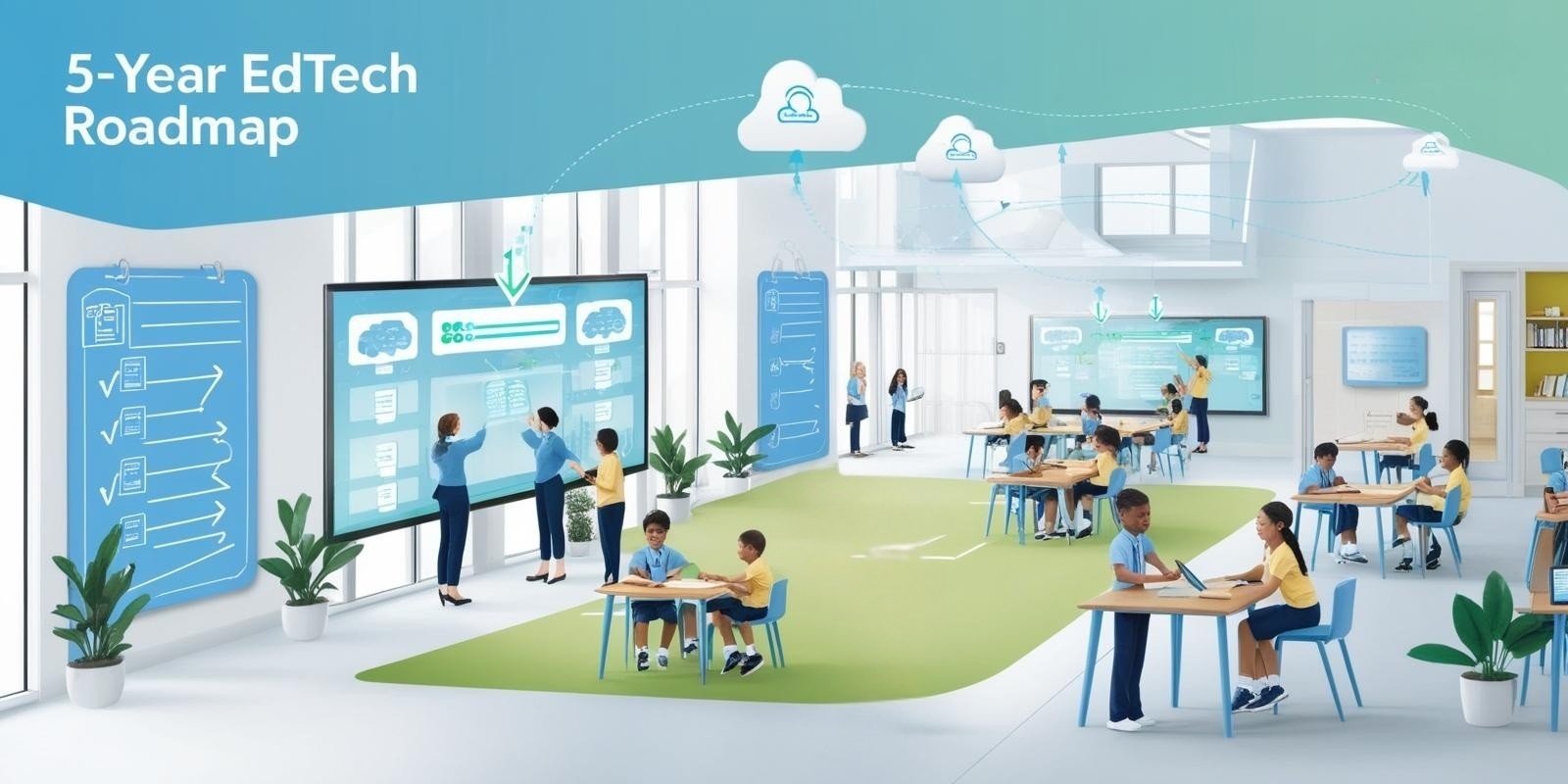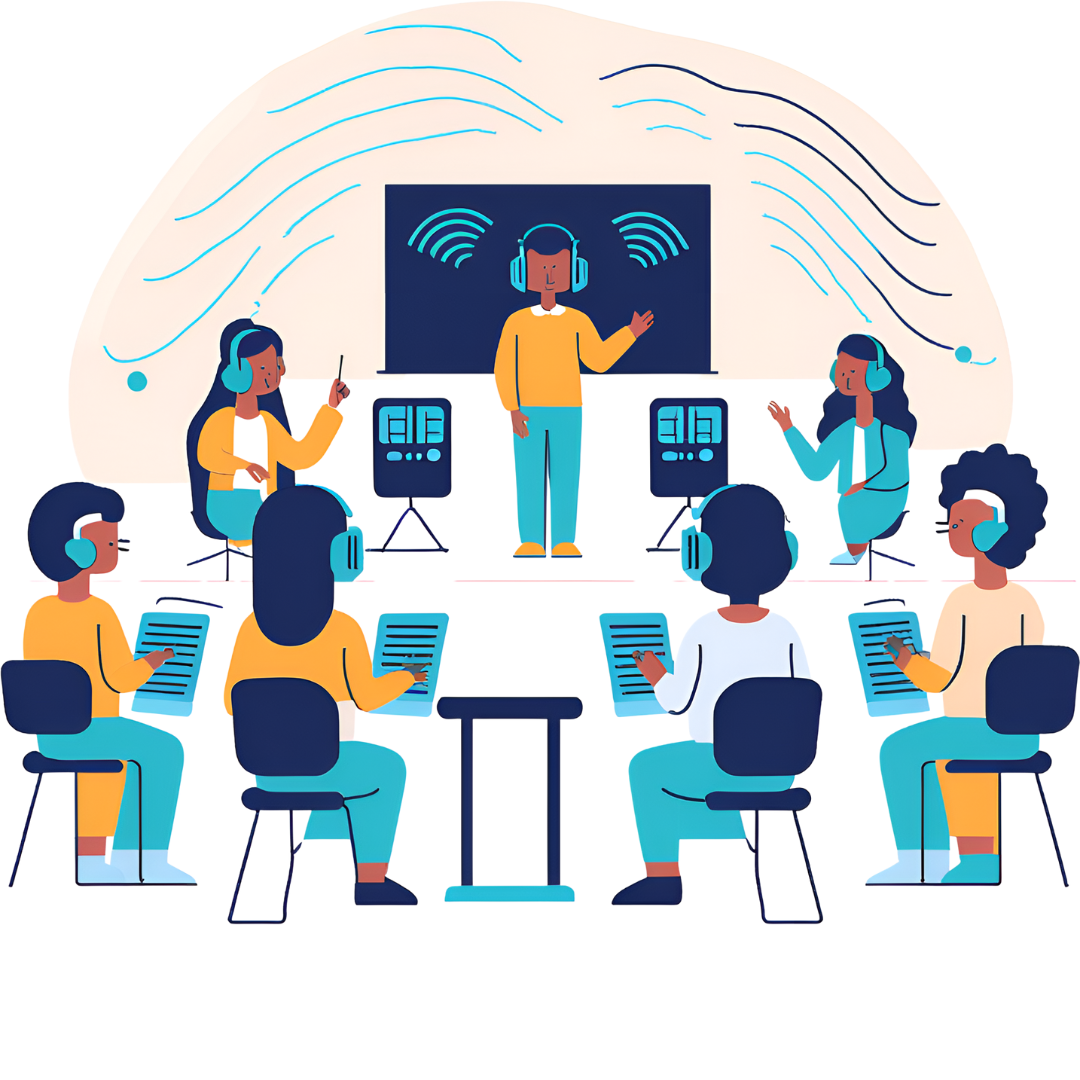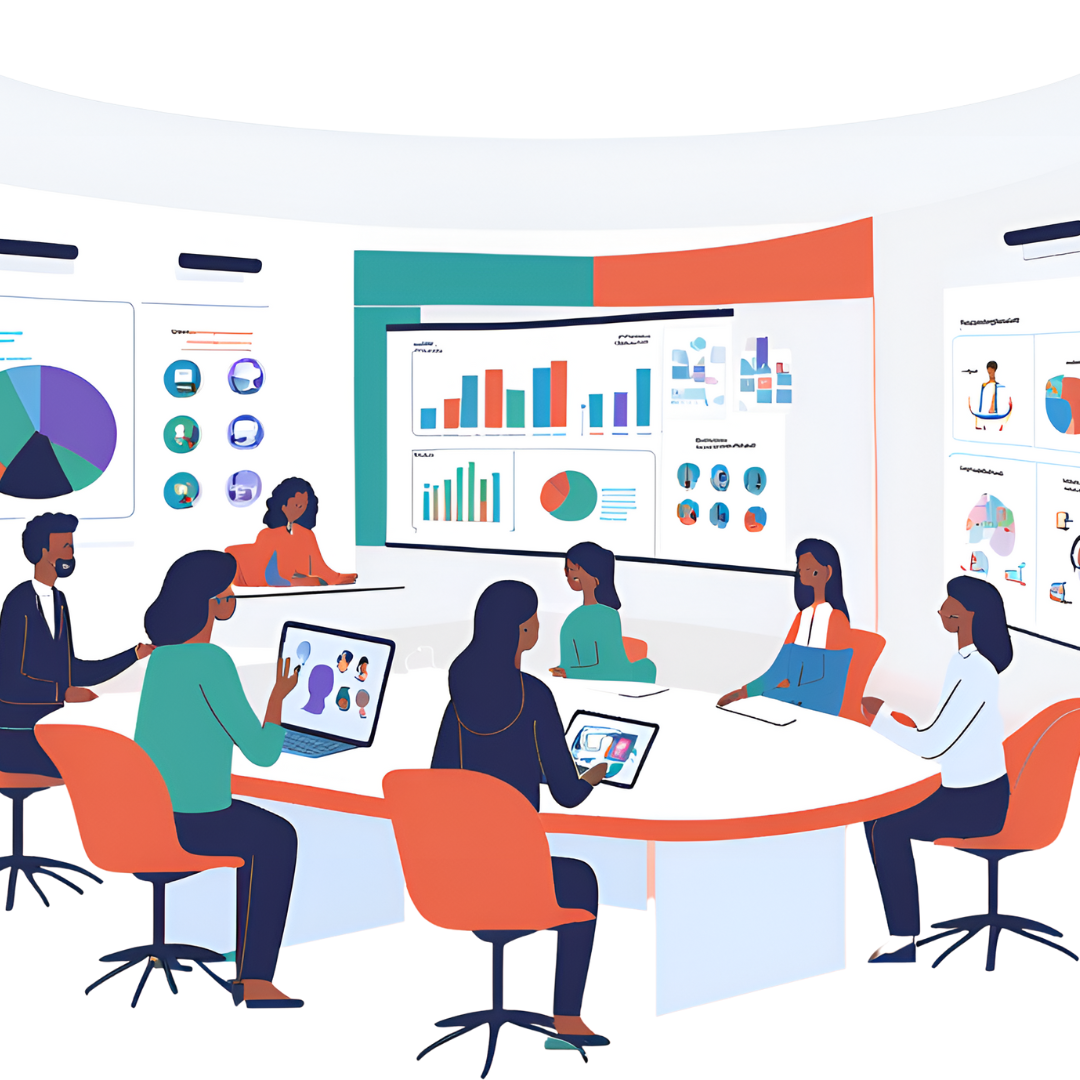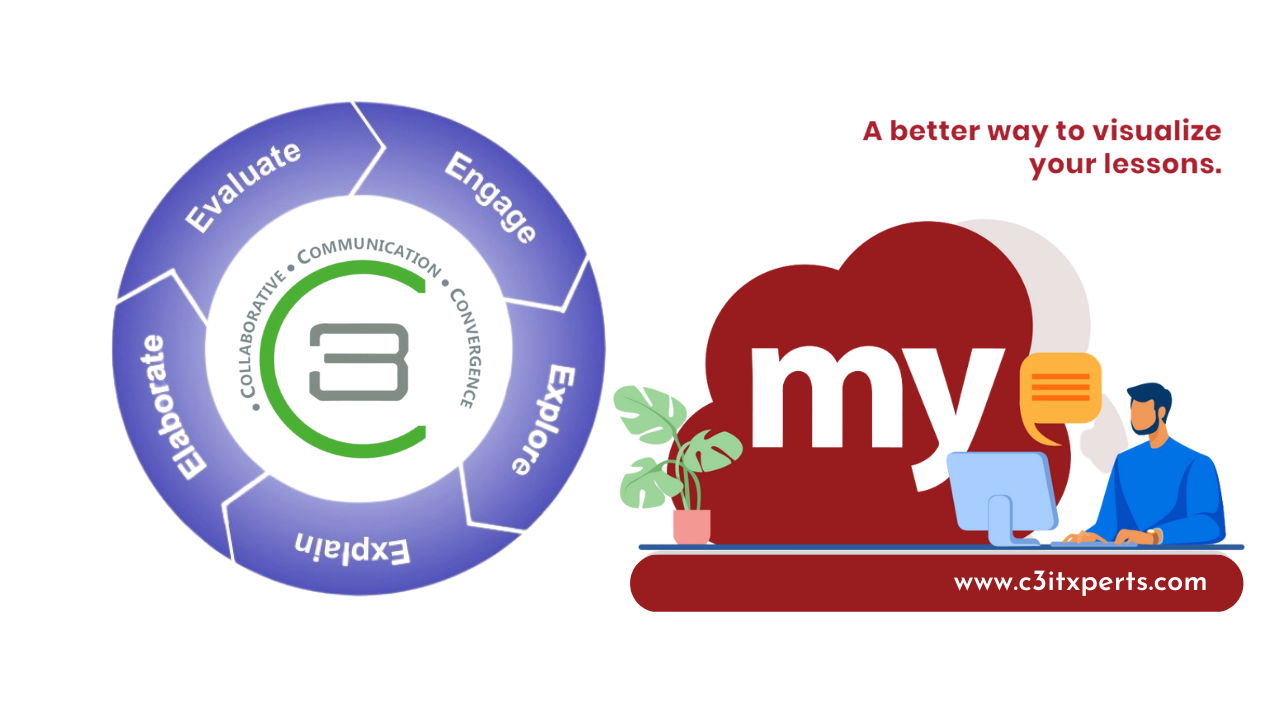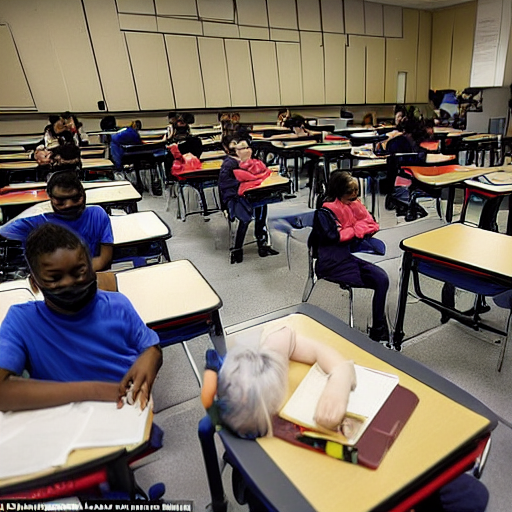Show Your Students How It's Done: Strategies for Being a Content Creator as a Teacher on Social Media
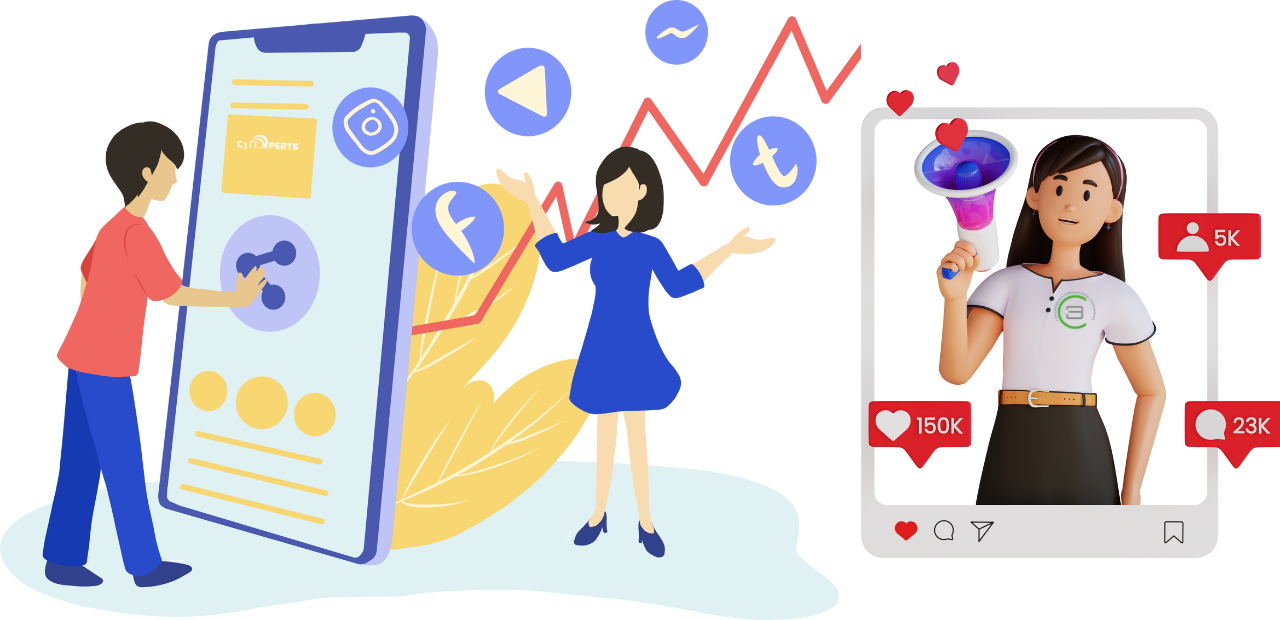
As a teacher, you have the power to open doors for your students and set examples of the possibilities that can come from hard work. Social media platforms like Twitter and LinkedIn are invaluable tools in any educator’s toolbox – not only do they provide an opportunity for teachers to become connected with other educators, but they give them access to share ideas, resources, and strategies that help foster creativity in their classroom environments. In this blog post, we’ll explore strategies for content creators of all levels on social media as teachers–from developing creative topic ideas to creating engaging visuals–and offer tips so that learners can get inspired by seeing their own teacher leading the way online.
Social media platforms such as Linkedin and Twitter are important for teachers to use to lead by example for their learners. By setting a good example of responsible social media use, teachers can model the value of using these tools in productive ways.
Using social media, teachers can share resources, provide feedback on student work, interact with peers and other educators from around the world and share news about opportunities in their field. Social media also allows teachers to stay up to date on educational trends and gain access to information they may not receive otherwise.
For students, seeing their teacher engaging in responsible online communication is an effective way to show that social media can be used responsibly and productively. Teachers can encourage students to use social media platforms like Linkedin and Twitter for networking purposes or even just professional conversations. Through this type of interaction, students can learn how to communicate professionally online with other adults, which is an important skill in today’s digital age.
In addition, teachers can use the interactive nature of social media platforms such as Twitter and Linkedin to engage with students more deeply and build stronger relationships with them outside of the classroom setting. By interacting with students via a public platform like Twitter or LinkedIn, teachers are able to help foster independent learning as well as develop trust between themselves and their students.
Overall, using social media platforms such as Linkedin and Twitter is a great way for teachers to lead by example for their learners. Platforms like these offer many opportunities for meaningful engagement between students and educators both inside and outside of the classroom setting. Learning how to navigate these digital spaces safely is vital for today’s young people—and having a teacher who does the same sets a strong foundation upon which future generations of digitally savvy individuals will be built!
Introduction – Explaining the importance of teachers using social media platforms to lead by example
Social media can be a great way for teachers to build their own professional brand, network with other professionals, and keep up with current educational trends. Teachers can easily connect with other educators, administrators, and parents through social media platforms like Twitter or Linkedin. By doing so, they are able to share ideas, resources, and advice in order to gain valuable insight into their field. Additionally, teachers have the ability to showcase their work through these platforms as well as highlight student achievements and successes. This allows them to not only build relationships with stakeholders but also demonstrate the value they bring to their profession.
Furthermore, by engaging in social media conversations around educational topics, teachers can stay up-to-date on the latest research and theories in the field of education. Doing this helps foster an environment where teachers are constantly learning and evolving as professionals. It also provides an opportunity for teachers to establish themselves as leaders in educational technology and thought leadership. As more people view their work online, it increases their credibility within the field of education and may even lead to additional career opportunities.
All in all, using social media platforms such as Linkedin or Twitter is an effective way for teachers to lead by example for their learners. Through networking professionally with peers and creating content that showcases their skillset and knowledge of educational trends, teachers can gain valuable insights into the teaching profession while helping cultivate a culture of ongoing learning among colleagues and students alike.
Benefits of Teachers Utilizing Social Media Platforms - Exploring the resources, ideas, and strategies that help foster creativity in their classrooms

Using social media to foster creativity in the classroom can benefit teachers, students, and the learning experience as a whole. Through platforms like Twitter and Linkedin, teachers can connect with other educators around the world, learn from others’ successes and failures, and stay up-to-date on trends in education. Additionally, these networks provide access to online resources like videos, podcasts, and articles that can help spark innovative ideas for their classrooms.
For example, teachers can use Twitter to follow thought leaders in the field of education and post questions about various topics. They may also post interesting activities or projects they find online and collaborate with other educators by asking for feedback or suggestions on tools and strategies they are thinking about using. Furthermore, Linkedin can be used to network with experienced professionals who can provide new perspectives on issues such as assessment techniques or public speaking skills.
In addition to providing educational resources for teachers, social media platforms offer an opportunity for students to engage with school content outside of the classroom. For instance, students may create their own accounts or join group conversations related to their course materials where they can share opinions and ask questions of their peers or instructors. This type of interaction encourages active participation by learners which is essential in developing creative skills.
Overall, utilizing social media is an effective way for teachers to encourage creativity in their classrooms while inspiring lifelong learners. By providing access to valuable resources while connecting them with a global network of experts and peers alike, these platforms have the potential to revolutionize teaching practices and ultimately improve student learning outcomes.
Creating Engaging Content on Linkedin and Twitter for Learners – Tips on how to develop creative topic ideas and engaging visuals on Linkedin and Twitter.
The use of social media for educational purposes can help teachers engage learners and increase their understanding of a subject. By leveraging the power of these platforms, teachers can create engaging visuals and develop creative topic ideas to spark conversations with their students. Additionally, teachers can utilize these channels as a way to provide relevant and timely resources, such as articles from prominent experts or news stories related to current events. These resources can be used to supplement course content and further stimulate discussion among learners.
When developing content for social media, it’s important for teachers to consider the medium they’re using and tailor their content accordingly. For example, on Twitter, teachers could share quotes or facts related to their courses in a succinct manner – while on Linkedin they may have more room to elaborate on topics in depth through longer posts and images. Furthermore, educators should take advantage of the interactive features available on both platforms such as polls or questions that enable them to get instant feedback from their students.
Overall, the use of social media for educational purposes offers opportunities for creative collaboration between teachers and learners. Teachers should strive to develop meaningful content that is interesting and thought-provoking that will keep students engaged in the learning process. By leveraging the powerful capabilities of these channels, educators can help foster an environment where knowledge is shared freely amongst everyone involved.
Examples of Successful Educators Using Social Media Platforms – Showcasing examples of effective teacher usage of social media
When used effectively, social media can be a powerful tool for educators to reach their students and colleagues in meaningful ways. Platforms such as LinkedIn and Twitter can help teachers share resources, connect with other educators, foster a sense of community among learners and colleagues, stay up-to-date on the latest news, and more. By using these platforms in effective ways, educators are better able to understand their students’ needs, engage them in meaningful discussions about relevant topics, reach out to experts for guidance and advice on related topics, create a culture of collaboration both within school walls and beyond boundaries created by physical distance or lack of access to technology.

When it comes to showcasing examples of successful educator usage of social media platforms, there are plenty of inspiring stories. For example, one teacher used Twitter to launch an online discussion board where her students could discuss books they were reading outside of class. Another teacher used LinkedIn to build connections with other teachers around the world who were doing similar work as part of a research project. And yet another used Facebook groups to give extra support when struggling pupils needed it most. All three examples demonstrate how social media can be employed by educators in different ways to make learning more engaging and accessible, no matter the location or circumstance.
In addition to connecting social networks with education, teachers have also been able to use these platforms for professional development purposes. Through tools like Twitter chats or Google Hangouts On Air, teachers can gain insight into best practices from experienced professionals without leaving the comfort of their own homes or classrooms. They can even Livestream events that relate directly back to their current curriculum so pupils don't miss out on important content if they cannot attend firsthand due to scheduling conflicts or financial limitations. Moreover, by connecting over social networks teachers are able to expand their own personal networks and draw from the experiences shared through these networks as well as leverage technology for classroom projects that may otherwise be impossible due to budget constraints or limited access to technology resources at schools across the globe
Summarizing the advantages and potential for teachers using social media to lead by example for learners
Social media provides teachers with an excellent platform to engage with their students and make learning more engaging. Most educators are already familiar with popular social media networks like Twitter and Facebook, but there are also other social platforms that can be used in the classroom as well. For example, Linkedin offers educators the opportunity to connect with professional peers, join industry groups for more in-depth discussions about teaching topics, and build a personal professional network. Twitter can be utilized to stay informed about current events related to education, encourage dialogue through educational hashtags, and follow the news of other teachers.
When teachers use these tools to lead by example for learners it has a huge impact on how their students approach learning. First of all, it gives students an opportunity to see what successful educators look like in action - they get inspired by seeing their teacher actively participating in online conversations and sharing content related to teaching strategies or research articles. It also encourages them to become active participants in their own learning process, since they often find themselves following the same resources that their teacher is using. Finally, when teachers use social media they have the potential to reach out beyond their own classroom and connect with other experts or professionals who can offer valuable insight into specific topics or issues - this helps broaden students’ understanding of those topics even further.
Overall, using social media as a way for teachers to lead by example is not only beneficial for students but also for the wider teaching profession too. By engaging in social networks on a regular basis and staying up-to-date on relevant trends and topics within education, teachers are able to keep themselves informed about new approaches or best practices which can then be passed along directly to their students in classrooms. Social media is a powerful tool that should not be overlooked when it comes to leading by example as an educator - it is an invaluable asset that should be embraced by all who teach!
In conclusion, educators must remember that social media can be powerful resources for leading by example and inspiring learners. While there are some risks involved, like inappropriate content being shared or digital communication issues, teachers should take advantage of the benefits social media offers and the potential to create an environment of creativity and innovation. Social media is a great resource to engage with students, share ideas, and get creative topic ideas and visuals, while still maintaining healthy boundaries. We’ve seen successful examples of teachers employing different channels to successfully connect learners in more meaningful ways. Now it’s time to explore what other social media tools are available which could be used to foster collaboration among students and continue teaching them in an engaging new way. To all educators out there – please use your power of leadership on social media responsibly!
.png?width=1322&height=350&name=C3ITXperts-logo-R%20(1).png)


